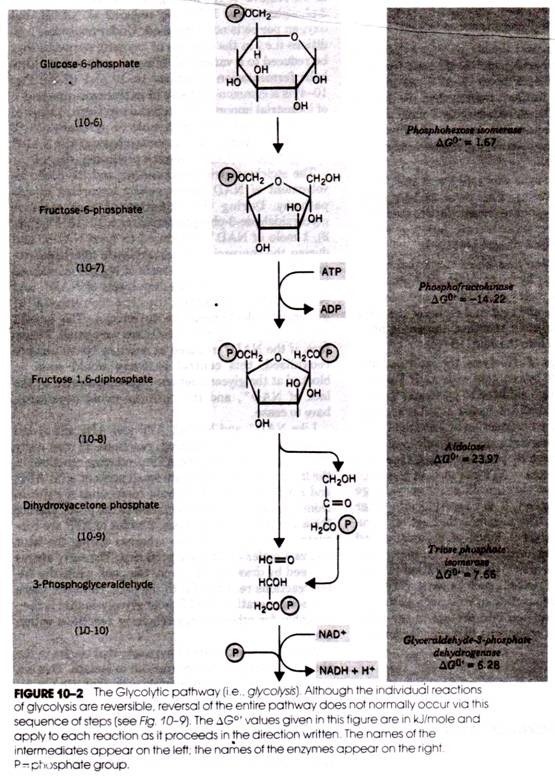ADVERTISEMENTS:
The following points highlight the two main theories on living hypothesis of viruses. The theories are: 1. Organism Theory 2. Molecular Theory.
Theory # 1. Organism Theory:
The supporters of the living hypothesis argue that growth and reproduction are chief distinctive characteristics of living things (organisms). Viruses possess both. They grow, reproduce and undergo mutations and become adapted to the environment through natural selection.
They possess genetic continuity and occur in definite races, or strains, each with its specific character. In all these respects, they show a similarity to a typical organism. A Russian virologist, Iwanowski (1890) obtained a juice from the leaves of tobacco plant suffering from Tobacco mosaic virus disease.
ADVERTISEMENTS:
The juice was filtered through an extremely fine porcelain filter that held back even the smallest bacteria. It was then inoculated in an infinitesimal dose (in dilutions up to 1—1,000,000) in the fresh, healthy leaves of tobacco.
The latter showed signs of Virus Tobacco Mosaic. Moreover, the virus spread throughout the inoculated plant. It increased enormously in amount. Being obligate parasites, the viruses reproduce and grow only within the living tissues of the host.
They do not multiply in the dead tissues of the host. Thus attempts to grow them on artificial media failed. These smallest living organisms contain all the information for their reproduction.
Theory # 2. Molecular Theory:
The proponents of the living hypothesis argue that viruses have no cellular organisation. They do not have anything resembling cytoplasm, nucleus or cell membrane. They show no physiological activity except self-duplication.
ADVERTISEMENTS:
They neither take food nor respire. In fact they show no signs of metabolism. All these are characteristics of inanimate objects. The supporters of this hypothesis were further encouraged in their belief by the extraction of viruses in the form of crystals from the diseased host tissues.
Stanley (1935) isolated Tobacco Mosaic Virus in the form of rod-shaped cyrstals (Fig. 19.1 A). Since then many other viruses have been isolated. The virus crystals have a definite shape and size which varies with each virus.
 The virus crystals or particles which are termed virions are apparently lifeless. They can exist in the free state indefinitely like simple chemical compounds and are inert in the free state. In their chemical and physical homogeneity these are similar to the protein molecules.
The virus crystals or particles which are termed virions are apparently lifeless. They can exist in the free state indefinitely like simple chemical compounds and are inert in the free state. In their chemical and physical homogeneity these are similar to the protein molecules.
They seem and behave like the non-living chemicals. They are not infective by themselves. Upon contact with a suitable host they are, however, capable of infection. In view of these characteristics, the supporters of nonliving hypothesis consider viruses as non-living toxic substances that have acquired the ability to leave the host cell and infect other cells.
The consensus of opinion at present supports the view that the viruses are neither organisms nor cells. They are considerably less than both. They represent the simplest forms of life known at present and are sub-cellular in organisation. In the living world they stand at the threshold of life.
